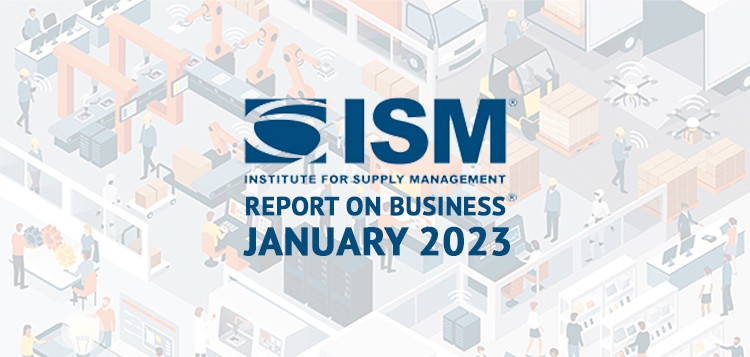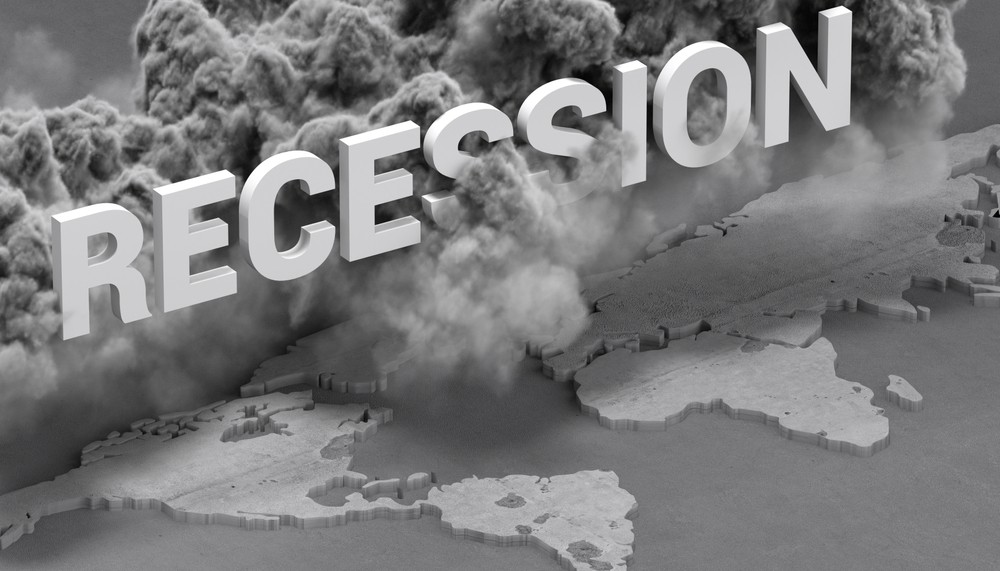January 2023 Manufacturing ISM Report On Business Slips Again

The hits keep coming for the manufacturing economy. After revealing a slide into contraction in Q4 of 2022, the January 2023 Manufacturing ISM Report On Business picks up right where the prior year left off.
For the third straight month, the report showed contraction as economic pullback continues into what promises to be a turbulent year across the board. While expected, the results of January’s report have put manufacturers on their heels as they prepare for a protracted period of downturn.
A breakdown of the January report
Six key metrics in the ISM report are now multiple months in decline — and falling. Most notably in January, New Orders plunged 2.6 points, reaching a new 12-month low. Inventory levels were right behind, falling 2.1 points and inching closer to contraction after 18 months of growth. Production and Employment also fell, settling into their second month of contraction.
To compound manufacturers’ stress, Prices also rebounded, up 5.1 points, as seasonal supply constraints kick in. While Imports and New Export Orders activity both rose 2.7 and 3.2 points, respectively, both remain in contraction territory.
Trepidation is the chief descriptor for the January report. It’s best summed up by the response of one executive, who stated, “Thus far, the outlook for the first half of 2023 looks very soft. Demand for our products has taken a sharp downward turn. Our inventories are high, as well as our customers’. It seems everyone is bracing for a recession.”
Core manufacturing metrics are slipping
While many analysts and executives expected a less-than-stellar report to kick off 2023, seeing the report actualize these fears has done little to assuage concerns. Seasonal struggles, supply chain strife, interest rate hikes, and broader economic woes are affecting manufacturing alongside cyclical variables, and they’re manifesting in the downturn of core manufacturing benchmarks.
Although the ISM report details the key economic factors affecting the health of the manufacturing economy, the biggest indicators are New Orders, Production, Employment, and Prices. With these core metrics showing contraction — and continuing to sink — it’s a clear sign of persistent economic strife and more to come.

Recession is here
There’s no going around it: The U.S. manufacturing economy is in recession. The simplest evidence lies in the numbers. The manufacturing sector is now in its third straight month of contraction territory, and it’s expected to continue backsliding. The further it sinks, the more undeniable recession becomes.
How low could things go? According to the January 2022 report, the Manufacturing PMI registered 57.6 percent, a full 10 points higher than this year’s figure. That’s a massive change in just 12 months. If manufacturing executives from across niches are to be believed, we’re in for a challenging year ahead.
The real question isn’t whether we’re in a recession — it’s how long the one we’re in will last, or if it will devolve into a much more protracted depression before it rebounds.